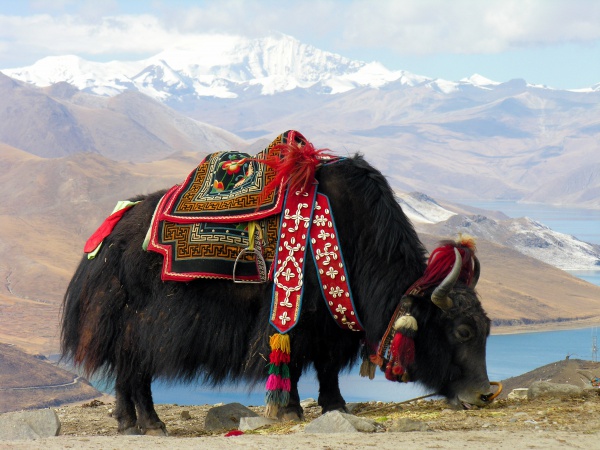Facts About Domestic yak
The domestic yak, a long-haired bovid, is commonly found in the Himalayas, the Tibetan Plateau, Northern Myanmar, and Mongolia. These remarkable animals are descended from wild yaks, and the term "yak" originates from the Tibetan language. Yaks belong to the genus Bos, making them relatives of cattle. Interestingly, some research indicates that they might be more closely related to bison.
Physically, yaks are adapted to endure harsh conditions. They have sturdy bodies, dense fur, and distinctive horns. Their larger lungs and hearts enable them to thrive in high-altitude environments. They are also known for their resistance to odors and their adaptability to cold climates. Female yaks give birth to a single calf each year after a gestation period of about 257-270 days, and they can live for over twenty years in captivity.
In places like Nepal and Mongolia, hybrid yaks can be found, which are crossbreeds between yaks and domestic cattle. These hybrids vary in fertility and are primarily bred for their meat. Yaks have been domesticated for thousands of years, providing milk, fiber, meat, and serving as pack animals. To enhance yak farming practices, several research centers dedicated to yak husbandry have been established.
Yaks are deeply integrated into the culture and economy of the regions where they reside. Activities such as yak racing and various yak sports are popular forms of entertainment. Additionally, yak products such as cheese and butter are vital components of local diets and traditions.

 Kyrgyzstan
Kyrgyzstan